Paleontology
-
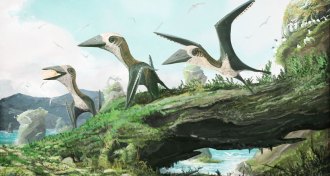 Paleontology
PaleontologyPterosaurs weren’t all super-sized in the Late Cretaceous
A 77-million-year-old flying reptile may be the smallest pterosaur of the Late Cretaceous.
By Meghan Rosen -
 Life
LifeFossils hint at India’s crucial role in primate evolution
Ancient fossils from coal mine in India offer clues to what the common ancestor of present-day primates might have looked like.
By Bruce Bower -
 Health & Medicine
Health & MedicineReaders contemplate aging research
Aging research, dino guts and Earth's quasisatellite in reader feedback.
-
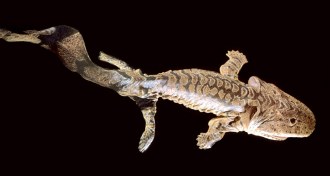 Paleontology
PaleontologyPreteen tetrapods identified by bone scans
Roughly 360 million years ago, young tetrapods may have schooled together during prolonged years as juveniles in the water.
By Susan Milius -
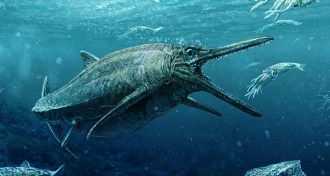 Paleontology
PaleontologyJurassic ichthyosaur dubbed ‘Storr Lochs Monster’ unveiled
A rare, 170-year-old skeleton discovered in Scotland is one of the best-preserved ichthyosaur fossils from the Middle Jurassic.
By Meghan Rosen -
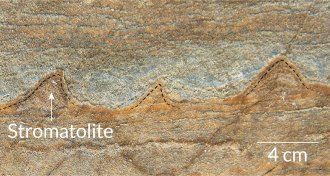 Paleontology
PaleontologyGreenland may be home to Earth’s oldest fossils
Dating to 3.7 billion years ago, mounds of sediment called stromatolites found in Greenland may be the oldest fossilized evidence of life on Earth.
-
 Oceans
OceansLack of nutrients stalled rebound of marine life post-Permian extinction
Warm sea surface temperatures slowed the nitrogen cycle in Earth’s oceans and delayed the recovery of life following the Permian extinction, researchers propose.
-
 Earth
EarthAmericas’ hookup not so ancient after all
Debate lingers over when the Isthmus of Panama formed and closed the seaway that separated North and South America millions of years ago.
-
 Paleontology
PaleontologyHumans may have taken different path into Americas than thought
An ice-free corridor through the North American Arctic may have been too barren to support the first human migrations into the New World.
-
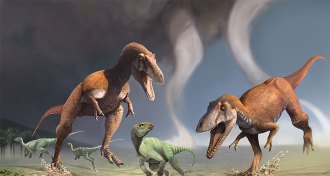 Paleontology
PaleontologyT. rex look-alike unearthed in Patagonia
A new dinosaur species discovered in Patagonia has the runty forearms of a Tyrannosaurus rex, but is not closely related to the gigantic predator.
By Meghan Rosen -
 Paleontology
PaleontologyNew fossil suggests echolocation evolved early in whales
A 27-million-year-old whale fossil sheds light on echolocation’s beginnings.
-
 Paleontology
PaleontologyWoolly mammoths’ last request: Got water?
Woolly mammoths survived on an Alaskan island thousands of years after mainland mammoths went extinct. But they died out when their lakes dried up, thanks to a warming climate and rising sea levels.